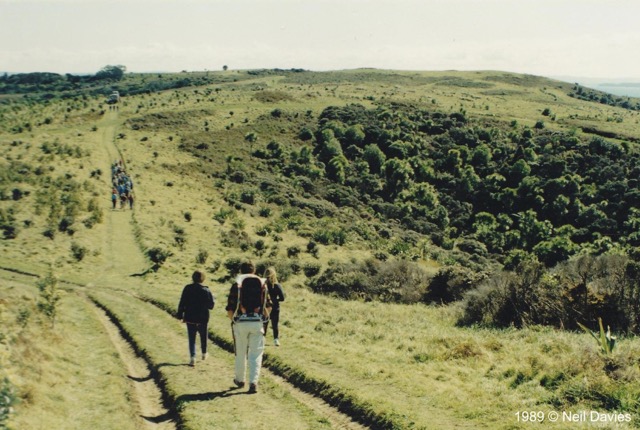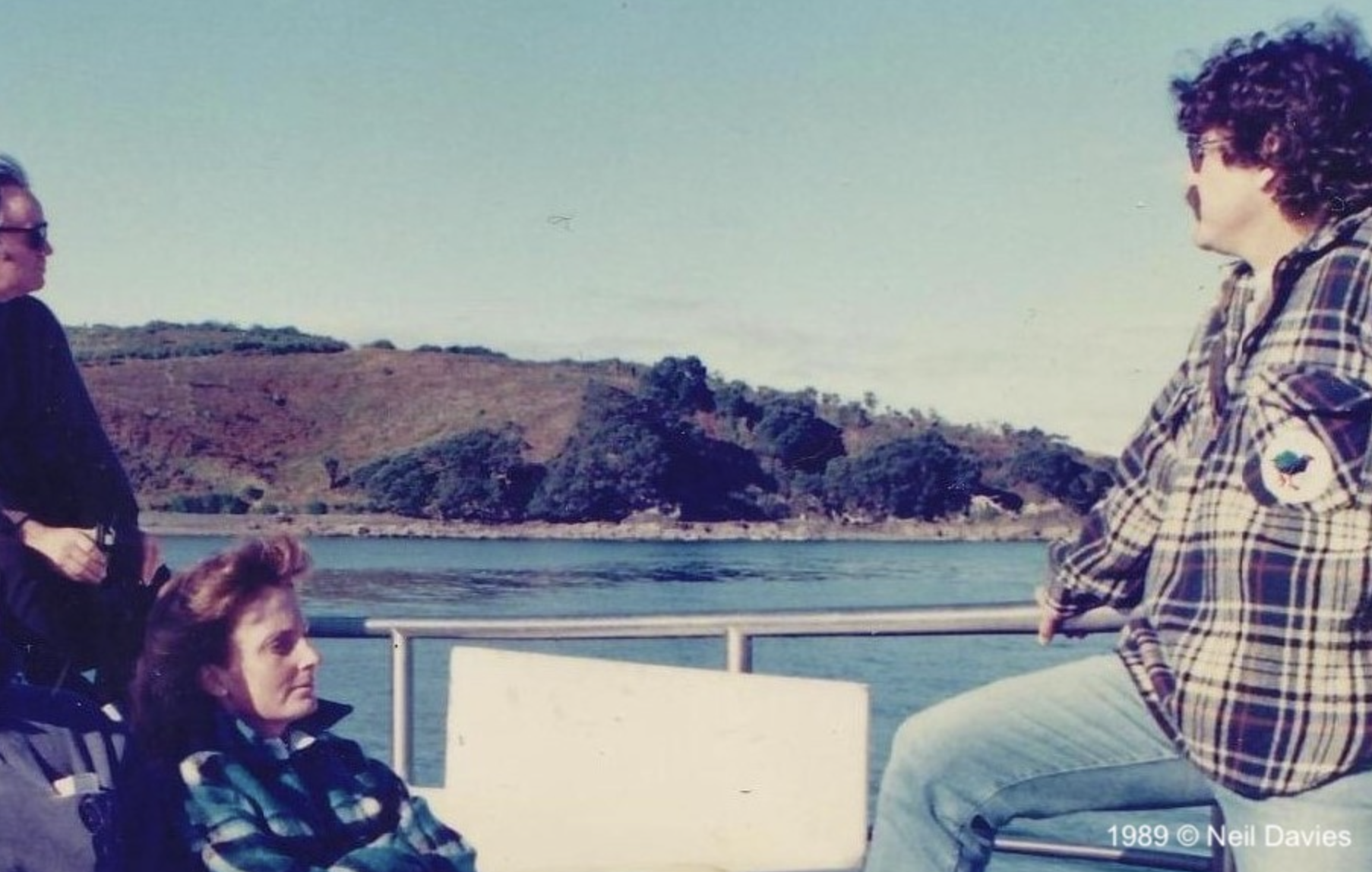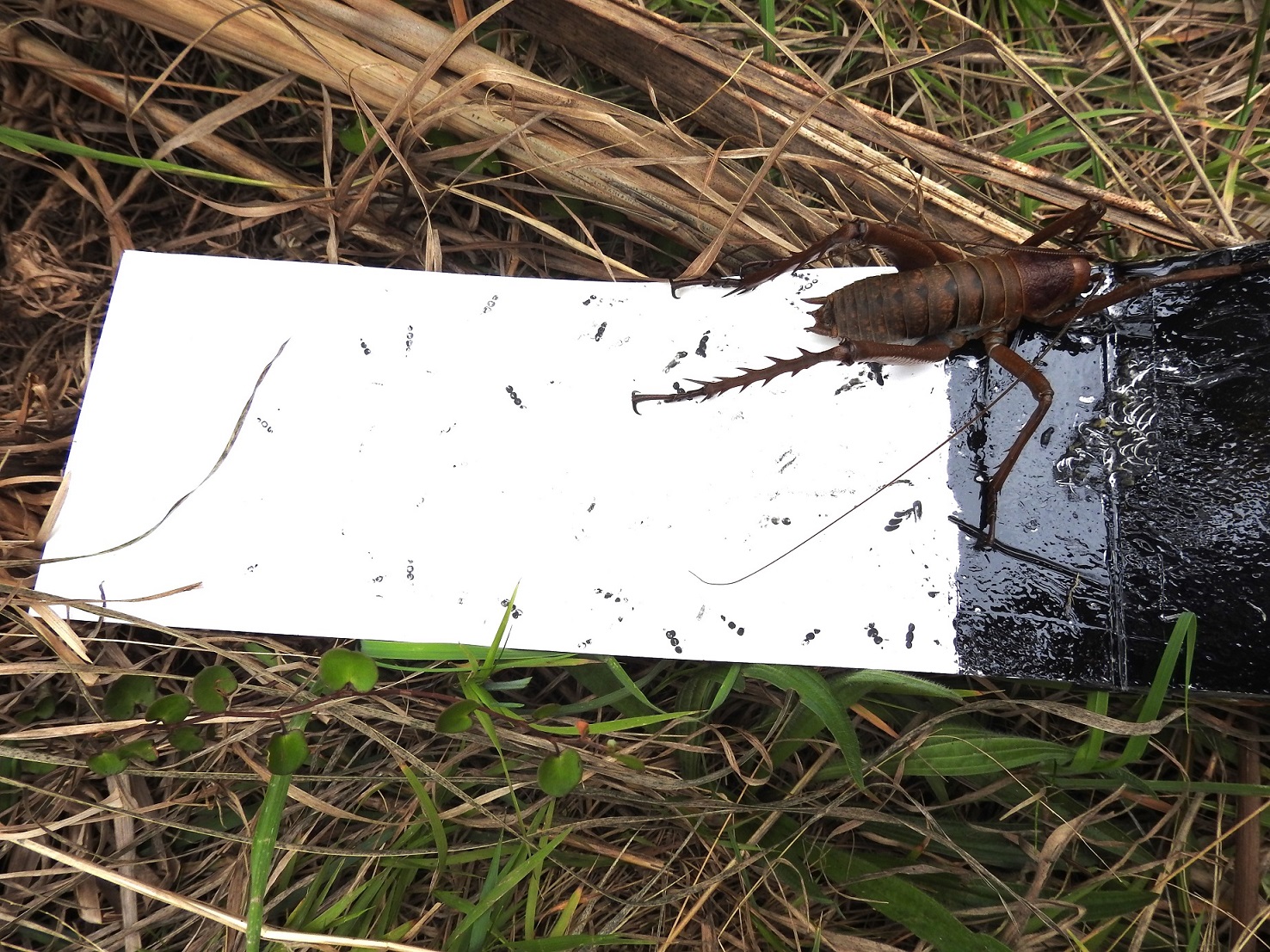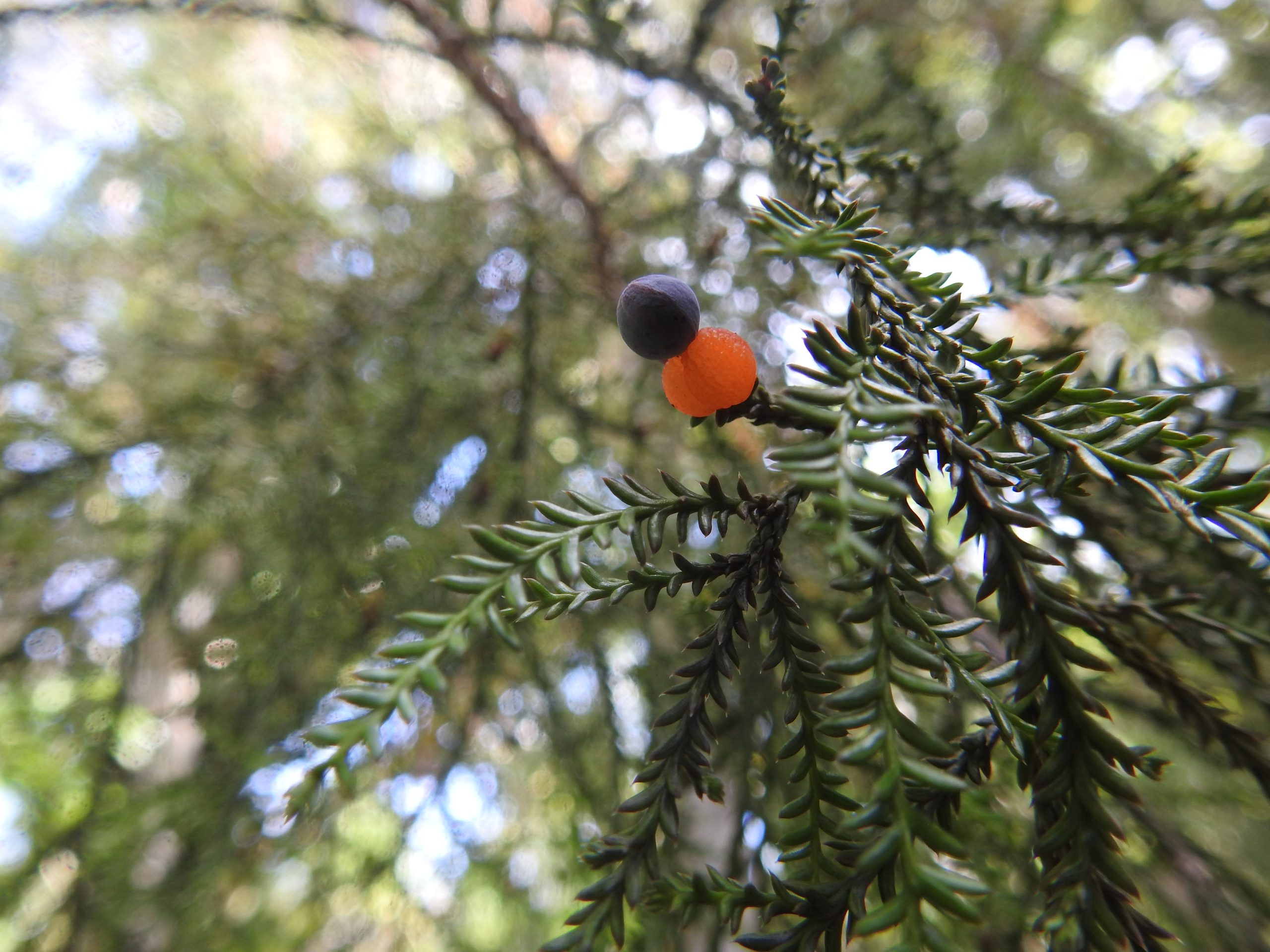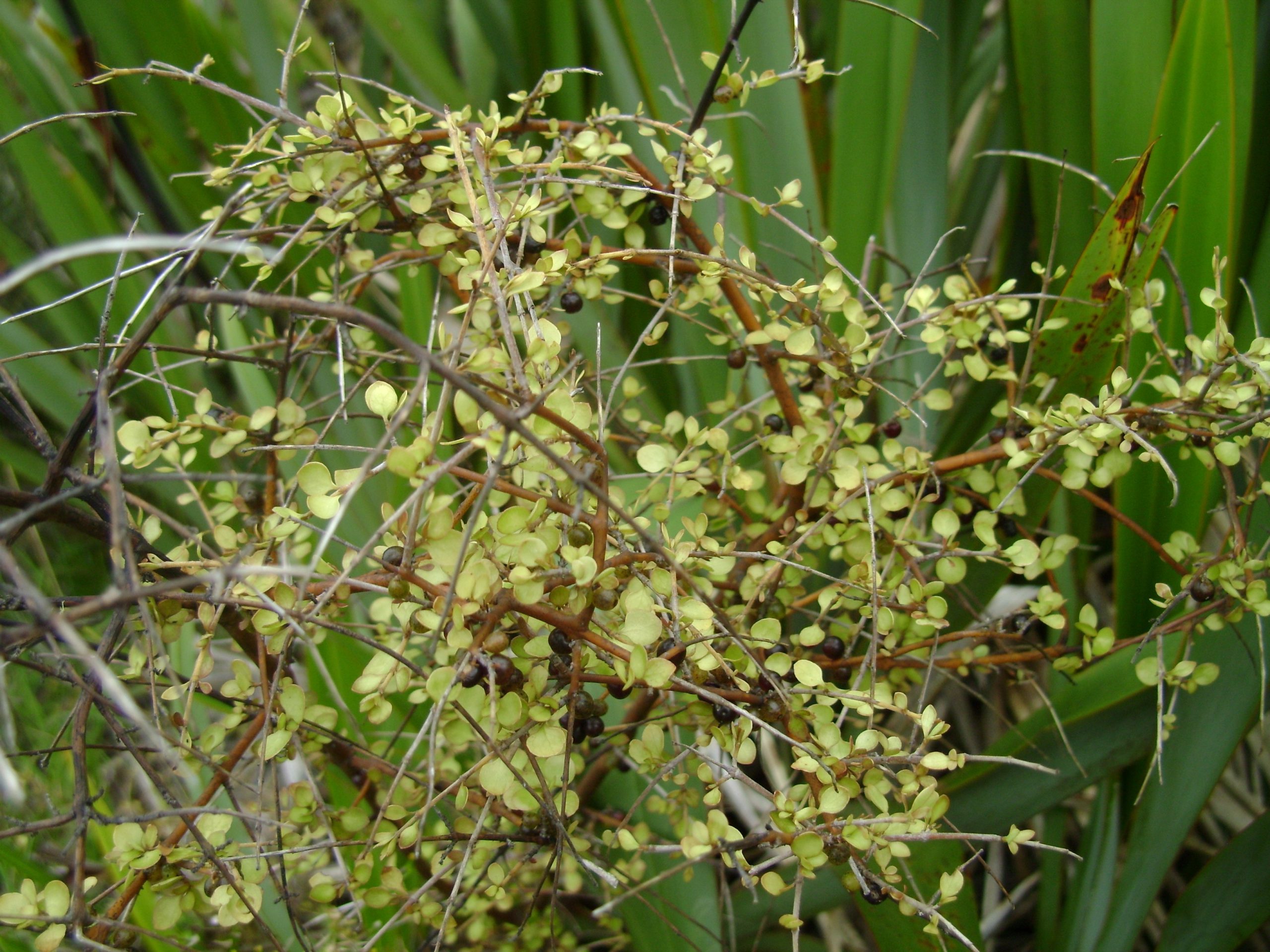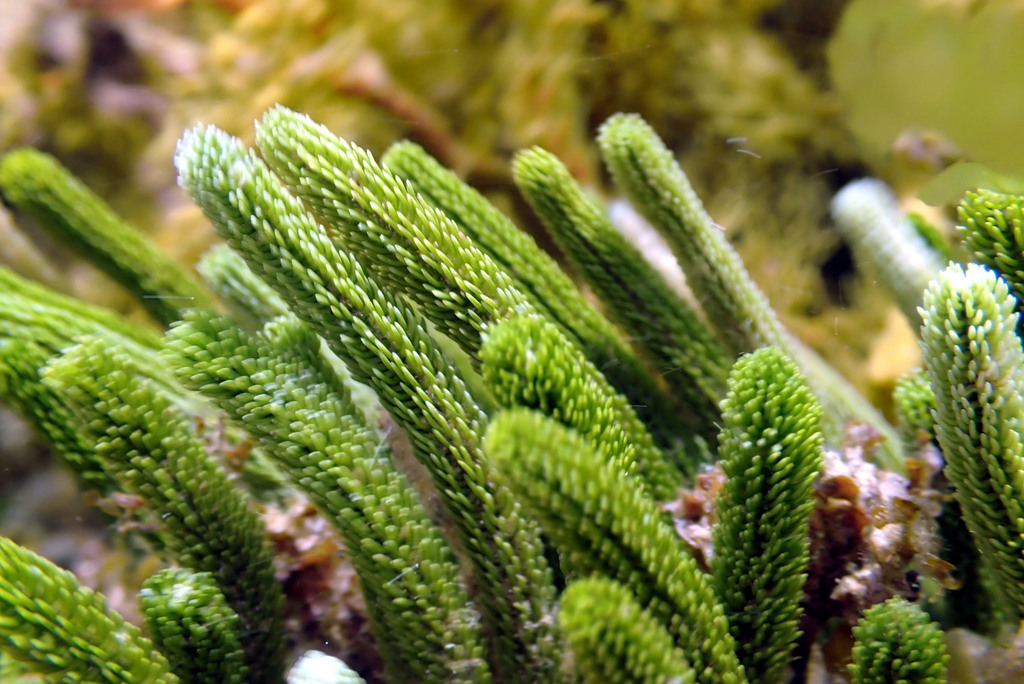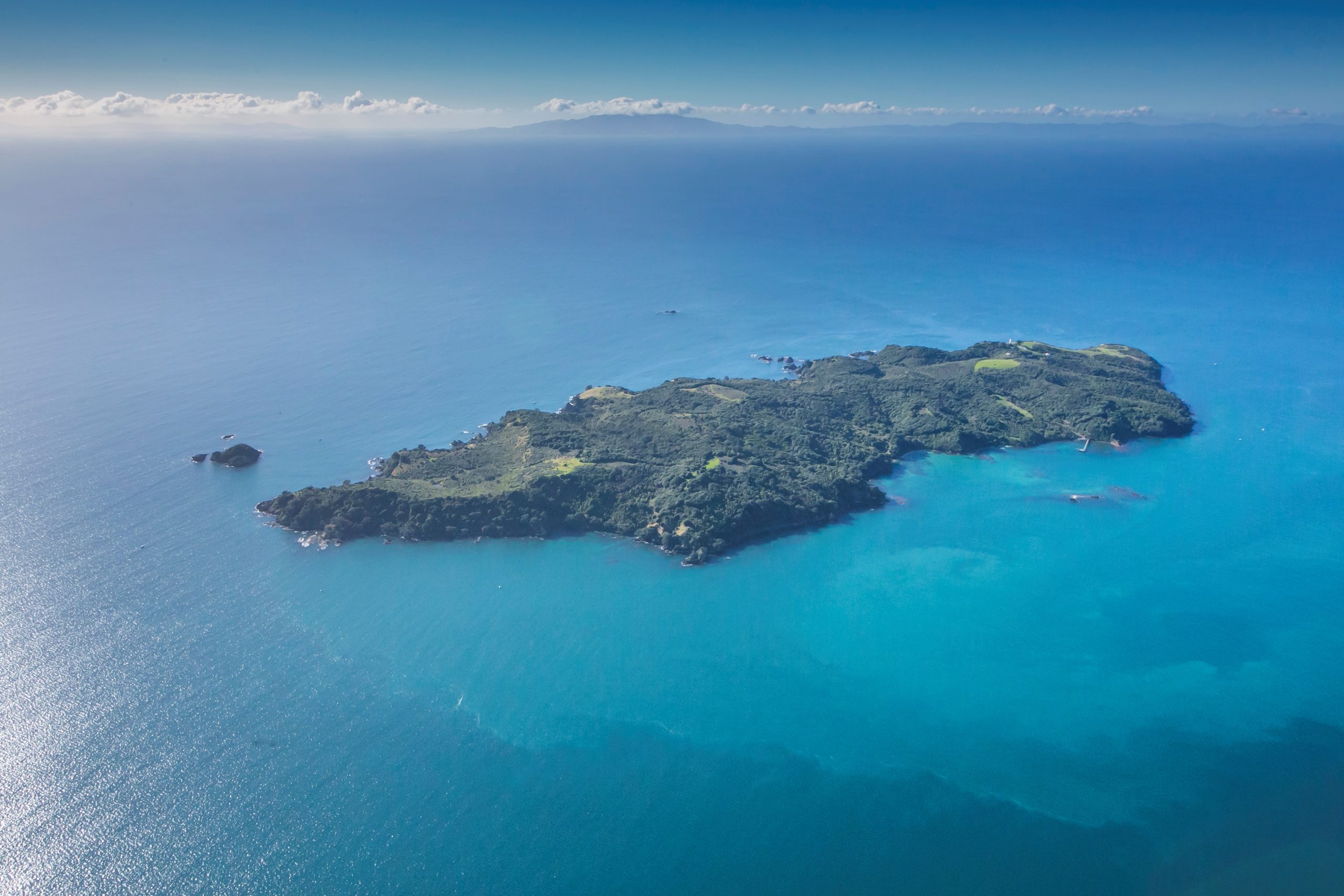Spade brigade
Spade brigadePhoto credits: Neil DaviesIt’s inspiring to think about the planting programme that started in 1984 on the island to help restore the native birdlife habitat. It’s impressive that over 10 years 280,000 trees were planted by volunteers, which included thirty different species of trees and shrubs. These volunteers formed the “spade brigade” and used pointed spades to plant seedlings that had germinated in the island’s nursery. It’s great to see people coming together to preserve the natural environment. Thanks to the vision of the Neil Mitchell and John Craig who thought of the idea and to the efforts of the volunteers.
The Tiritiri Matangi project changed the way conservation was done in New Zealand. Previously, only a select group of privileged scientists were involved in conservation efforts, which mostly took place in remote areas. However, this project paved the way for community-led-conservation, making it possible for everyone to be involved in conservation.
Below are the before and after photos showing the forest growth.
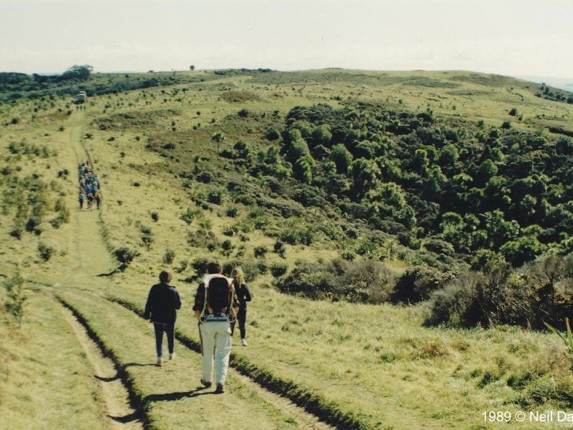
Tiritiri Matangi: a perfect fit for United Nations environment programme
Tiritiri Matangi: a perfect fit for United Nations environment programmeAuthor: Mel Galbraith (From the Dawn Chorus Archives, 130 August 2022)Date: August 2022Ecological restoration on Tiritiri was well ahead of its time. It has taken initiatives such as the sanctuary to encourage a global declaration that is now being internationally recognised, explains Mel Galbraith. Twelve hours after we collectively chorused Auld Lang Syne to welcome in the 1st January 2021, the United Nations launched a “Decade on Ecosystem Restoration” 2021-2030. Not that you would have noticed; there were no fanfares and I doubt if any of the local firework displays were in recognition of this cause. No doubt the global pandemic was occupying the headlines at the time. And, even as we edge back towards a new more stable “norm”, it is still unlikely that the UN initiative will demand much media recognition. Such is the nature of (positive) environmental news. The UN Decade on Ecosystem Restoration 2021-2030 explicitly calls for … Preventing, halting and reversing the degradation of ecosystems worldwide: “The over-arching vision for the UN Decade is a world where – for the health and wellbeing of all life on Earth and that of future generations – the relationship between humans and nature has been restored, where the area of healthy ecosystems is increasing, and where…
From planting some of the first trees to using them for shade from the sun
From planting some of the first trees to using them for shade from the sunAuthors: Students from St Cuthbert's Year 7Date: Thursday 21st September 2023Header image credit: Martin Sanders“Today St Cuthberts Year 7 visited Tiritiri Matangi. When we arrived, we admired the crystal clear water and the beautiful greenery that surrounded the island. As we were guided around the Island by the kind guides, we experienced all the beautiful songs of the birds. We learnt so much about all the different kinds and species of birds, trees, plants and so much about the history of the Island. It was very inspiring to know that our school was part of restoring this beautiful Island. We had so much fun learning about all the cool facts our guide taught us. Our favourite fact was that some wētās, if they land on your hand, it feels the same as when your fingernails dig into your palm. Thank you so much for having us, we loved the experience.” Chloe and Lucy “Our trip to Tiritiri Matangi was spectacular! We learnt various facts about the wildlife there, all sorts of birds and most importantly we learnt about the inspiring history of the Island. Many people used to come to Tiritiri Matangi to plant trees and help make it the beautiful Island you see today. If you do something good, people will remember you! The Island of Tiritiri Matangi is invasive…
Tracking tunnels on Tiritiri Matangi
Tracking tunnels on Tiritiri MatangiAuthor: Neil DaviesDate: 15th September 2023Tracking tunnels on Tiritiri Matangi are used as a biosecurity monitoring tool for detecting the presence of unwanted organisms such as rats or mice. They can also build up a picture of what animals are present in a certain area. The cards inside the tunnels are inked in the middle and have peanut butter as a lure. Animals that are attracted by the smell of peanut butter enter the tunnel and walk across the ink to reach the peanut butter. When they exit the tunnel they leave footprints (and sometimes marks from the body or tail).
In the past, the cards were left out for a month but now they are put out one weekend and taken in the following weekend. Tracking cards are also being used to monitor reptiles on the island. It was through a tracking tunnel that a Norway rat was detected on the island in January 2018 with its prints appearing on the tracking card. It is the only rat incursion that we are aware of since kiore (Polynesian rats) were eradicated in 1992-3. Fortunately, it was caught within two weeks, before it was able to cause too much damage.
More typically though, footprints of skinks, geckos, wētā, wētāpunga, tuatara and birds eg. Pūweto/ spotless
crake and, occasionally, kororā/ Little penguin, show up on the cards.
Adventures in "Deep Time"
Adventures in "Deep Time"The First "Seed Plants" (Spermataphytes)Author: John SibleyImage credits: John SibleyThe ferns always had a major drawback when it came to occupying the dry land, and although their dominant sporophytes have well-developed internal tubes in their stems to carry water up to their fronds, they have a reproductive “Achilles heel” in that they possess mobile sperms with lashing tails which must swim in surface water films in order to reach female fern egg cells in order to fertilise them. The seed plants (Spermatophytes) overcame this limitation by producing male gametes (“sex cells”) in the form of dry pollen, often carried on the wind or transported stuck to insects bodies. Apart from other fundamental structural differences seeds are generally much larger than fern spores, and contain food reserves for the growth of the young embryo plant giving them a significant advantage. This subject would demand an entire episode to explore fully! These seed design breakthroughs would see the seed plants begin to replace the spore-bearing ferns as dominant players in the Gondwanan forests of the late Permian period 250 million years ago. The very first seed plants may have appeared as early as the Devonian 350 million years ago, starting with the so-called “seed ferns” but it wasn’t until the late Permian/ early Triassic periods 250 million…
Divaricating theories
Divaricating TheoriesThe puzzle of our small-leaved shrubs, moa and the ice agesAuthor: Warren BrewerVisitors sometimes comment on the marked presence of small-leaved, twiggy shrubs in our forest. Our flora contains a high proportion of these small woody shrubs which have a tight interlocking branching pattern. They are called “divaricating shrubs”. They have small leaves and tough wiry stems with a dense meshwork of branches with multiple growing points inside the shrub. They often have a brownish colour, giving an almost dead-looking appearance. Some of our trees also pass through a divaricating juvenile stage, changing to a less tangled normal growth above 3m height. These plants all lack sharp spines. Collectively they are a special New Zealand feature. Our flora contains over 50 species of these divaricates (about 10% of all our woody plants). How has this growth pattern come about? Two theories have been postulated: 1. Browsing Moa: This huge two-legged bird came to occupy the role of a four-legged grazing mammal in New Zealand. It would have spent many hours picking leaves and twigs off low trees and shrubs. Moa favoured fertile river flats, forest edges and wetlands rather than deep forests. Highly palatable and nutritious shrubs growing in this habitat would have suffered extensive damage from these birds. They, therefore, had to evolve a…
History of Wattle Track
History of Wattle TrackAuthor: Ray and Barbara WalterSourced from Dawn Chorus 70, August 2007There seems to be varying commentary on the history of Wattle Valley. Here is the account of this famous walkway.
Wattle Valley formed part of the Lighthouse Keepers cow paddock and was fenced off from the main farming block until the 1970’s. It was not grazed from approx. the 1950’s and so it naturally regenerated in mostly, mānuka, tī kōuka/cabbage tree and Harakeke/flax. Big Wattle Valley was mostly tī kōuka and Wattles.
The wattles are from a Lighthouse Keepers gardens shelter belt. The 1940 aerial photograph shows 6-8 wattles and 2 fig trees at the bottom of the valley. From these few wattles, Big Wattle Valley was soon populated with further wattles. When the planting programme began they were left as they gave a rich source of nectar for korimako/ bellbirds and tūī. This was one of the major sites for students studying korimako.
As the bush has regenerated the wattles, being light-loving plants, have reduced and also the Australian Quail scratched the germinating seedlings.
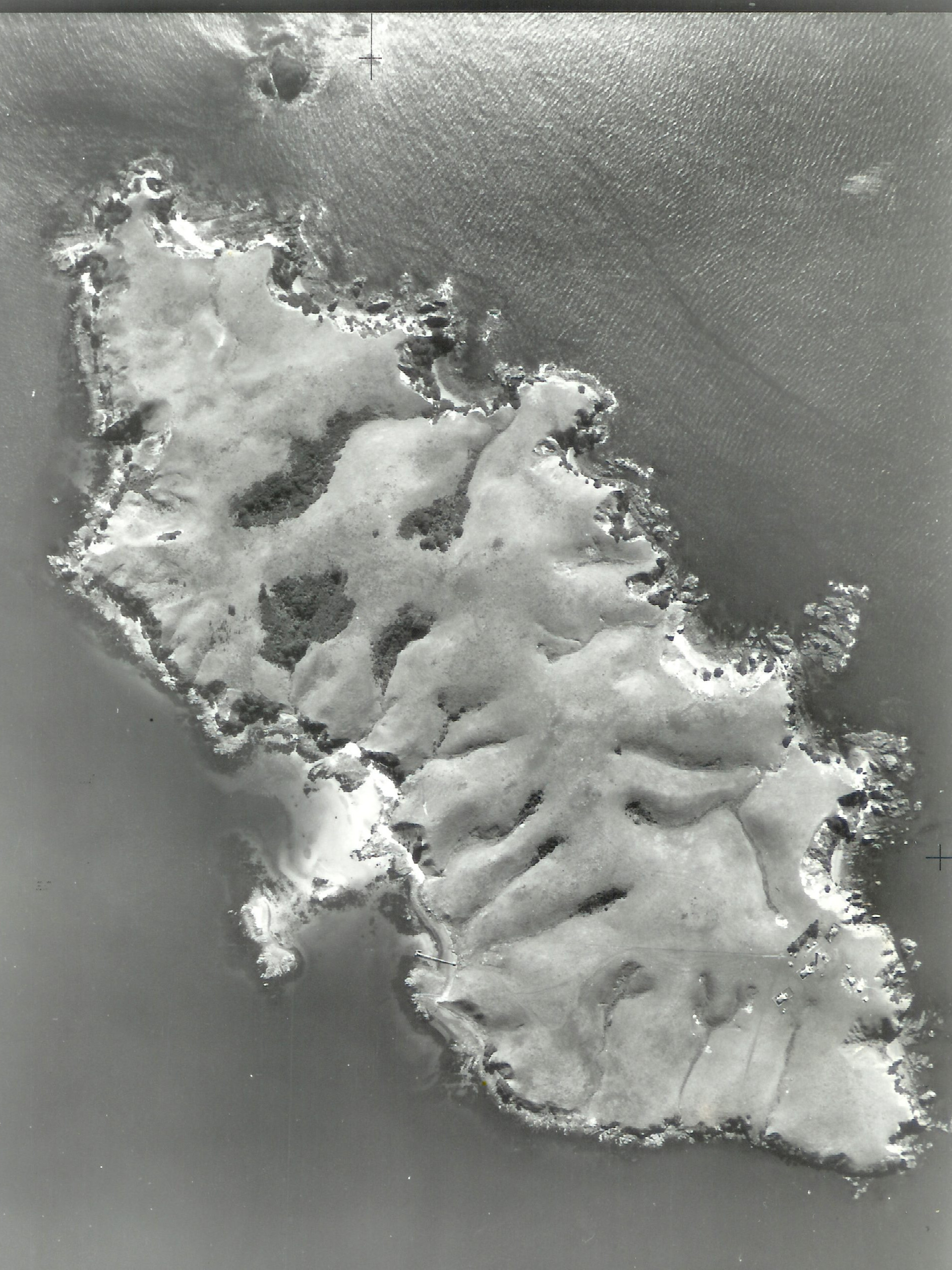
Caulerpa - An invasive marine seaweed. What to look out for ... and what's next?
Caulerpa - An invasive marine seaweed. What to look out for ... and what's next?Author: John SibleyDate: July 2023Caulerpa brachypus and Caulerpa parvifolia are two almost identical species of invasive exotic seaweed that have been found growing intertidally on Aotea Great Barrier Island (2021) and now Kawau Island (2023). We need your help to detect it if it arrives on Tiritiri Matangi.
The Caulerpa species grow extremely rapidly and are said to smother everything living on the seabed. Native species either move away or die. The photos below are of C.brachypus on Aotea Great Barrier by kind permission of Jack Warden who discovered them there in 2021.
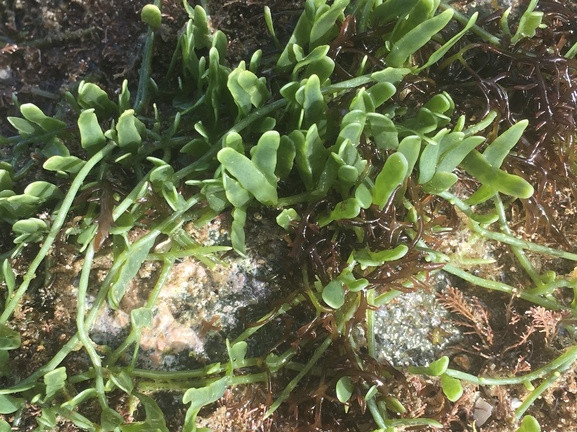
Pioneering restoration of Tiritiri Matangi
The pioneering restoration of Tiritiri Matangi'Saving Britain's Island' is a short film about island conservation, by ZSL PhD student, Joshua Powell. Produced by Matt Jarvis with the assistance of camera operators Benjamin Harris (UK) and Ben Sarten (NZ)Funded by the British Ecological SocietyIn early 2021 a film crew from the UK visited Tiritiri Matangi to produce a short documentary. The film would target audiences in the UK as an introduction to island conservation. Tiritiri Matangi was chosen because the pioneering restoration project has inspired similar projects around the world. The film explores how these techniques can be used to help protect biodiversity in the UK Overseas Territories. Click to watch the short film 'Saving Britain's Islands' on YouTube
Ancient Tiritiri Matangi: Adventures in "Deep Time". The Fungi
Ancient Tiritiri Matangi: Adventures in "Deep Time". The FungiAuthor: John SibleyDate: 16/06/23We have been travelling through “Deep Time” from the dawn of Earth’s history when living things first appeared, some 4,000,000,000 years ago (4,000Mya or 4Ga). It is thought the Fungi evolved about 410Mya just before the land was colonised by plants. Today they form one of the most diverse kingdoms with varied ecologies, lifestyle strategies and morphologies (outward shapes). Their members include single-celled yeasts, filamentous fuzzy moulds and familiar mushrooms. Although once classified with the plants, they share more features (including genetics) with the Animal Kingdom. Part of our fascination with fungi is that they have a secret “hidden life” in the earth beneath our feet, emerging above ground only to disperse their spores into the air – popping up overnight as a wonderful variety of “fruiting’ bodies. Some of these “mushrooms’ are very poisonous to humans while others are delicious to eat! Yet other fungi raise our bread, brew our beer, flavour our soy sauce and cheese, and cure our ills (antibiotics and statins etc.) It is estimated that this hidden fungal horde with their vast subterranean network of feeding threads at least equals and perhaps exceeds the biomass of the more visible Plant…

